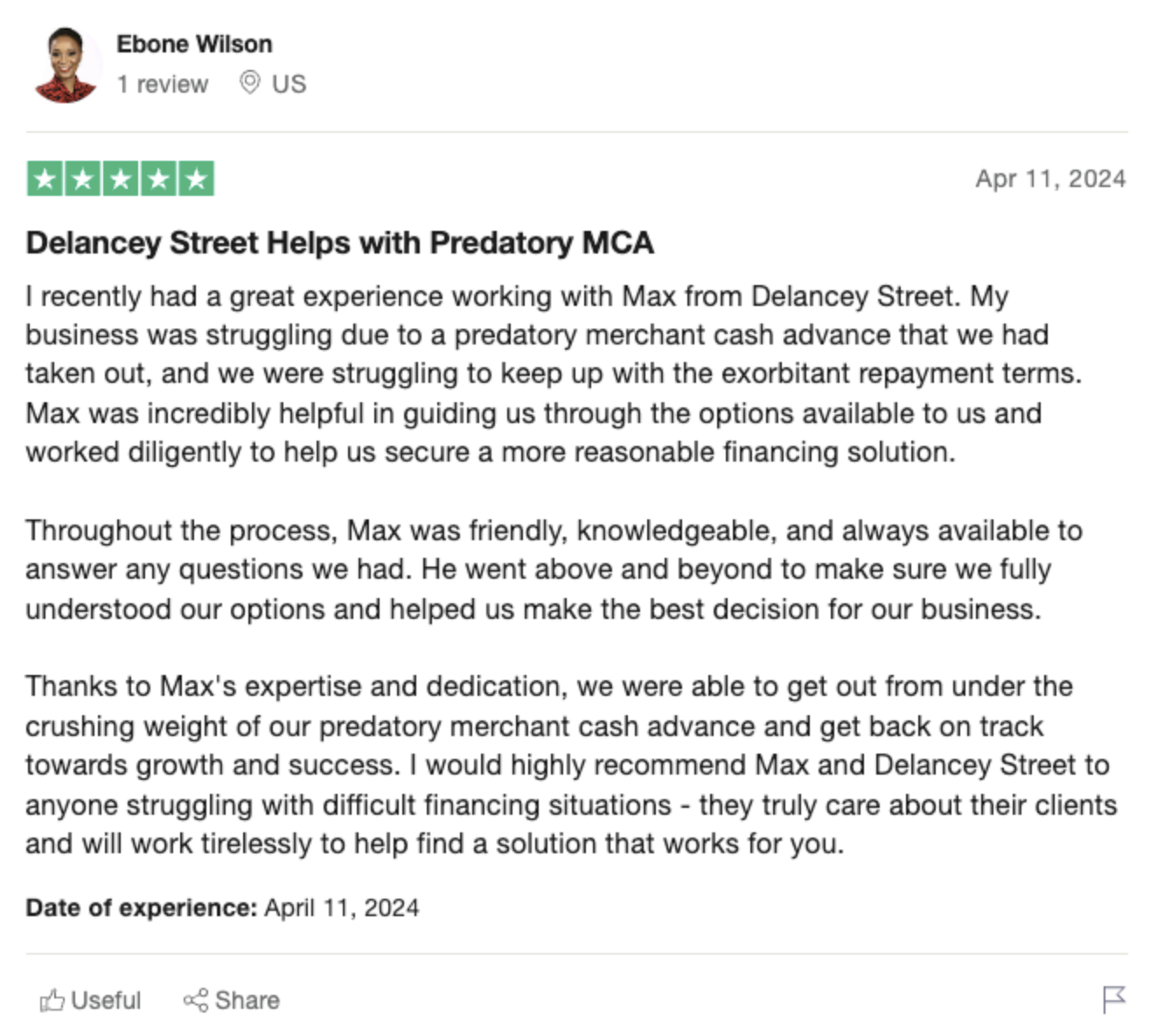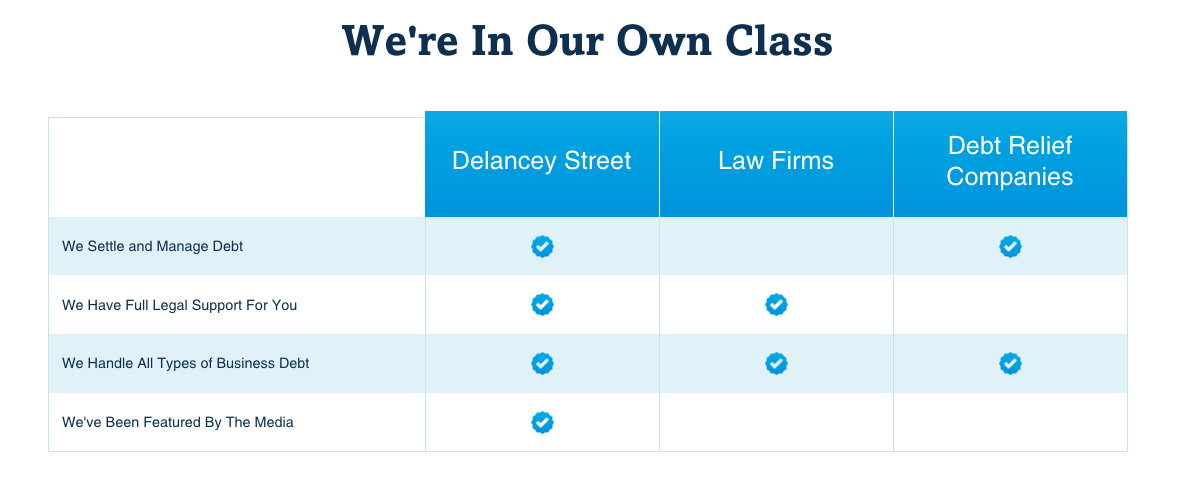What Is Credence Resource Management?
A Comprehensive Guide to Understanding Credence Resource Management
Credence resource management is a critical aspect of business operations that often goes overlooked. It involves the strategic allocation and utilization of resources that are difficult to evaluate or assess, such as expertise, knowledge, and professional services. In today’s knowledge-driven economy, where intangible assets play a pivotal role, effective credence resource management can be a game-changer for organizations.
What Are Credence Resources?
Credence resources, also known as credence goods or services, are products or services whose quality and value are challenging to determine, even after consumption or use. These resources are characterized by an inherent information asymmetry between the provider and the consumer. Examples of credence resources include:
 -
-- Legal services
- Medical services
- Financial advice
- Consulting services
- Repair and maintenance services
In contrast to search goods (where quality can be evaluated before purchase) and experience goods (where quality can be assessed after consumption), credence resources require a high level of trust and confidence in the provider’s expertise and integrity.
The Importance of Credence Resource Management
Effective credence resource management is crucial for several reasons:
- Competitive Advantage: In industries where credence resources are prevalent, effective management of these resources can provide a significant competitive edge. Organizations that excel in allocating and leveraging their credence resources can deliver superior value to their clients, fostering long-term relationships and customer loyalty.
- Operational Efficiency: By optimizing the utilization of credence resources, organizations can streamline their operations, reduce waste, and improve overall efficiency. This can lead to cost savings and increased profitability.
- Risk Mitigation: Credence resources are often associated with high levels of risk and uncertainty. Proper management of these resources can help organizations identify and mitigate potential risks, ensuring compliance with regulations and minimizing legal and financial liabilities.
- Talent Retention: Credence resources are closely tied to human capital. Effective management of these resources can contribute to employee satisfaction, professional development, and talent retention, which are critical for maintaining a competitive edge in knowledge-intensive industries.
Key Aspects of Credence Resource Management
Effective credence resource management involves several key aspects:
1. Resource Allocation
Allocating credence resources effectively is crucial for optimizing their utilization and maximizing their impact. This involves:
 -
-- Identifying and prioritizing critical areas or projects that require credence resources
- Assigning the right resources to the right tasks based on expertise and availability
- Balancing workloads and ensuring resources are not over-stretched or underutilized
2. Quality Assurance
Given the inherent information asymmetry associated with credence resources, quality assurance is paramount. Organizations should implement robust processes and mechanisms to ensure the quality and integrity of their credence resources, such as:
- Establishing clear performance standards and benchmarks
- Implementing peer review and quality control processes
- Seeking external accreditations or certifications
- Encouraging continuous professional development and training
3. Monitoring and Evaluation
Continuous monitoring and evaluation are essential for effective credence resource management. This involves:
- Tracking resource utilization and performance metrics
- Gathering feedback from clients or stakeholders
- Conducting regular performance reviews and assessments
- Identifying areas for improvement and implementing corrective actions
4. Knowledge Management
Credence resources are often knowledge-intensive, making knowledge management a critical aspect of their management. Organizations should:
- Implement systems and processes for capturing and sharing knowledge
- Foster collaboration and knowledge-sharing among teams and individuals
- Encourage mentoring and knowledge transfer initiatives
- Leverage technology and tools for knowledge management and dissemination
Challenges and Considerations
While credence resource management offers significant benefits, it also presents several challenges and considerations:
- Information Asymmetry: The inherent information asymmetry associated with credence resources can make it difficult to evaluate their quality and value accurately. This can lead to potential misalignment between provider and consumer expectations.
- Subjectivity: The assessment of credence resources often involves a degree of subjectivity, making it challenging to establish objective performance metrics and benchmarks.
- Ethical Considerations: Credence resources are often subject to ethical considerations and professional codes of conduct. Organizations must ensure that their credence resource management practices align with these ethical standards.
- Regulatory Compliance: Certain industries, such as healthcare, finance, and legal services, are subject to strict regulations governing the provision and management of credence resources. Organizations must stay up-to-date with these regulations and ensure compliance.
- Talent Management: Attracting, retaining, and developing top talent is crucial for effective credence resource management. Organizations must invest in talent management strategies and create an environment that fosters professional growth and development.
Best Practices for Credence Resource Management
To effectively manage credence resources, organizations should consider the following best practices:
 -
-- Establish Clear Policies and Procedures: Develop comprehensive policies and procedures that govern the allocation, utilization, and evaluation of credence resources. These should be regularly reviewed and updated to ensure alignment with industry best practices and regulatory requirements.
- Invest in Training and Development: Provide ongoing training and professional development opportunities for individuals involved in the provision and management of credence resources. This can help ensure that their knowledge and skills remain up-to-date and relevant.
- Leverage Technology: Explore and implement technology solutions that can support and enhance credence resource management processes. This may include knowledge management systems, project management tools, and performance tracking software.
- Foster Collaboration and Knowledge-Sharing: Encourage collaboration and knowledge-sharing among teams and individuals involved in credence resource management. This can help promote best practices, identify areas for improvement, and facilitate continuous learning.
- Seek External Expertise: Consider engaging external consultants or subject matter experts to provide guidance, conduct audits, or offer fresh perspectives on credence resource management practices.
- Continuously Improve: Regularly review and assess the effectiveness of credence resource management processes, and be open to implementing changes and improvements based on feedback, performance data, and industry trends.
By embracing these best practices, organizations can effectively manage their credence resources, maximize their value, and gain a competitive advantage in their respective industries.
Conclusion
Credence resource management is a critical aspect of business operations that deserves attention and strategic focus. By effectively allocating, utilizing, and managing these valuable resources, organizations can enhance their operational efficiency, mitigate risks, foster talent retention, and ultimately deliver superior value to their clients or stakeholders. While challenges and considerations exist, implementing best practices and continuously improving credence resource management processes can help organizations stay ahead of the curve in today’s knowledge-driven economy.







